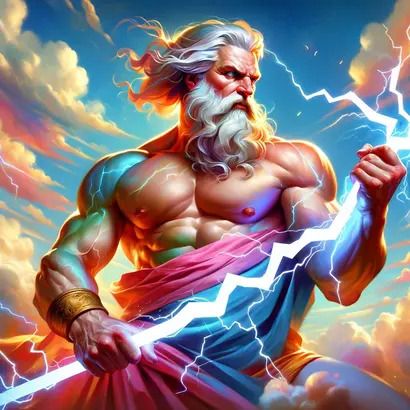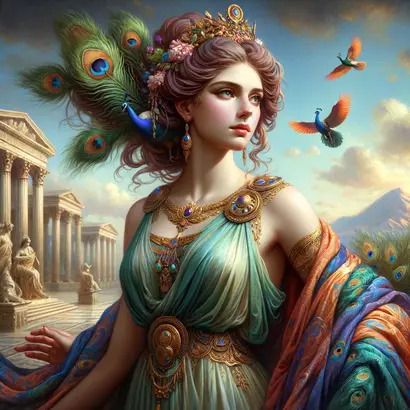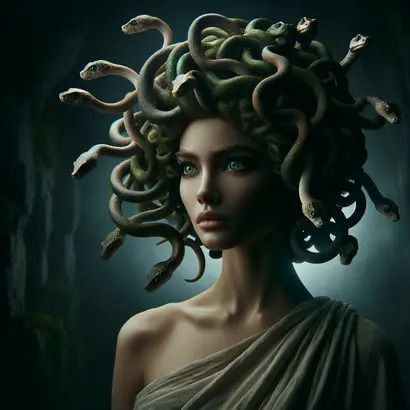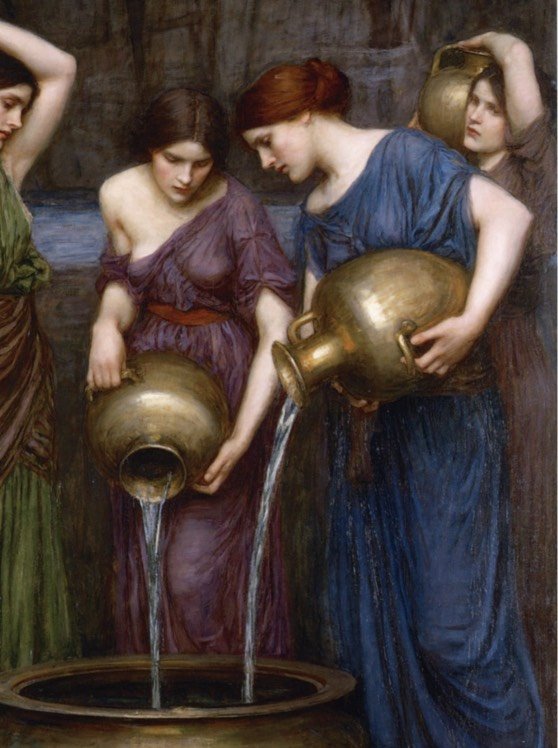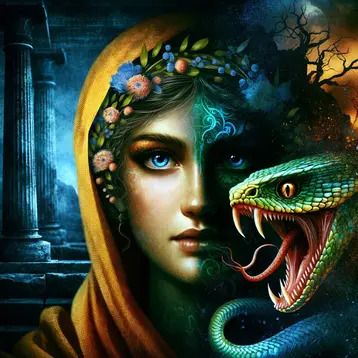
Lamia
Lamia was a beautiful Libyan queen loved by Zeus. Thus, through no fault of her own, she incurred the wrath of Hera upon herself. Angry with Zeus’ interest for her, the goddess showed no mercy towards Lamia: every time the girl gave birth to a child, Hera either murdered it or made Lamia kill it herself. Either way, after a while, Lamia went mad and began stealing babies from mothers more fortunate than her only so that she could eat them. It is said that the wickedness of Lamia’s revenge was so unprecedented that it visibly disfigured her face. In time, this child-eating monster became a bogey-woman, a word Greek mothers used to frighten their children into discipline and good behavior.
Lamia, the Beautiful Queen
One of Zeus’s Lovers
Lamia was the daughter of King Belus of Egypt and Lybie, who, according to some sources, may have even been Belus’ mother. Thus, it is not unimaginable to think of her as the unfortunate offspring of an incestual relationship. Either way, she was probably the only half-sister of Aegyptus and Danaus, and thus, the half-aunt of the Danaids. Ancient authors describe her as “a queen of surpassing beauty,” and at least one of them claims that she was one of Zeus’s favorite lovers.
The Children of Lamia
Now, as many mortal women found out the hard way, being loved by Zeus came with a severe drawback; namely, being despised by Hera. In the case of Lamia, for reasons we don’t know, Hera’s hatred went, arguably, the furthest: every time Lamia gave birth to a child, regardless of whether it was Zeus’ or someone else’s, Hera murdered it. Some say that the goddess was even crueler, inflicting upon Lamia a temporary madness, during which the queen of Lybia killed her children with her own two hands.
Lamia, the Child-Eating Monster
Lamia’s Revenge
Most people, however, say that Lamia’s madness came only afterward. Weighed down by misfortune and “envying the happiness of all other women in their children,” Lamia began snatching new-born babies from their mothers' arms; then she brought them to her cave, “thickly covered with ivy and briony,” and, there, people say, she ate them head to toe. The savagery of Lamia’s heart was so great that, in time, her face turned into a nightmarish mask, and she started resembling beasts much more than she resembled any human. The baby-snatching so obsessed Lamia that she didn’t want to get any rest from it: she swore to bereave all mothers of their children, just as she had been once by Hera. In an attempt to stop this, Zeus rendered her eyes removable, and Lamia had to pluck them out and keep them in a jar during the day, blind to everything around her. However, at night, she’d put them back on and leave her cave to search for her next victim. According to others, however, Zeus gifted Lamia her removable eyes in an attempt to help her, since, in this scenario, Hera had also afflicted Lamia with sleeplessness which tormented the once beautiful Lybian queen even more.
Lamia, the Bogey-Woman
The story of Lamia was passed from generation to generation and, in time, she became Ancient Greece’s most fearsome bogey-monster, a terrifying child-eating creature Greek mothers used to frighten their children into good behavior; sometimes, it seems that she was also called Mormolyca (or Mormo, for short), a word which can be roughly translated as “the terrible wolflike monster.” There are also authors who say that Lamia evolved to become a sort of a succubus, joining the company of the shape-shifting Empusae. As such, she was rumored to seduce young men in their dreams, lie with them, and then suck the blood out of their bodies while they slept.
Lamia Sources
Lamia is mentioned twice in passing by the Greek comic author Aristophanes in the 1035th verse of Wasps and the 757th verse of Peace; both mentions suggest that Lamia may have been sometimes thought as an androgynous creature. In the twentieth book of his Library of History, Diodorus Siculus tries to rationalize the myth, as does Strabo in the first book of his Geography.
See Also: Belus, The Danaids, Zeus’s Lovers, Zeus, Hera, Medusa
Lamia Video
Lamia Q&A
Lamia Associations
Link/Cite Lamia Page
Written by: The Editors of GreekMythology.com. GreekMythology.com editors write, review and revise subject areas in which they have extensive knowledge based on their working experience or advanced studies.
For MLA style citation use: GreekMythology.com, The Editors of Website. "Lamia". GreekMythology.com Website, 30 Sep. 2021, https://www.greekmythology.com/Myths/Monsters/Lamia/lamia.html. Accessed 18 April 2024.

